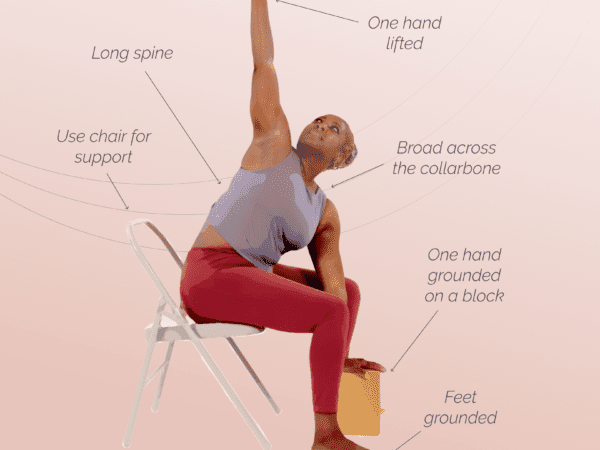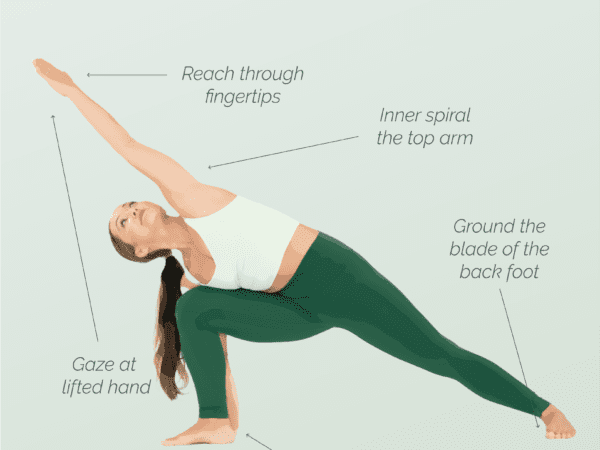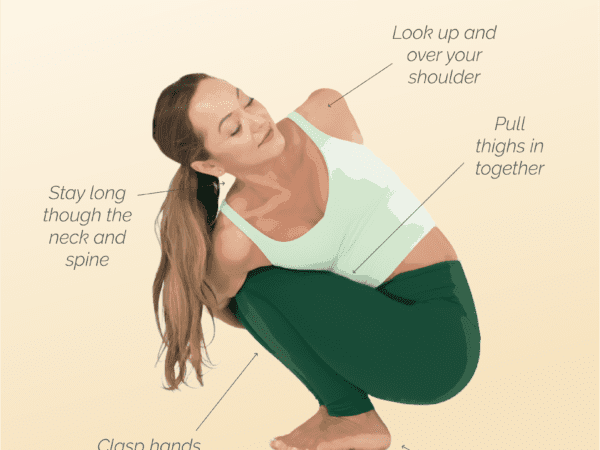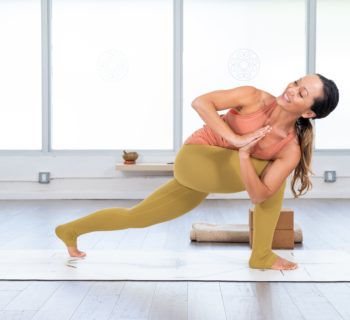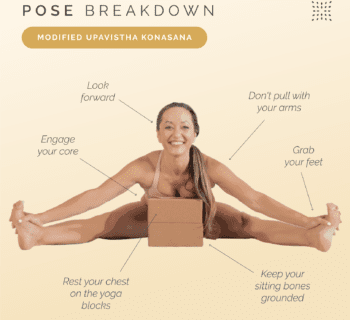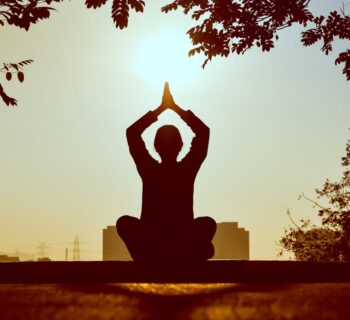Are you looking to enhance your yoga practice and improve your flexibility? Look no further than the runner’s lunge yoga pose! In this blog post, we will guide you through the steps of performing the runner’s lunge pose with precision and grace. Whether you’re a seasoned yogi or just starting out, this versatile pose offers a multitude of benefits for your body and mind. Get ready to stretch, strengthen, and find your inner balance as we delve into the world of Runner’s Lunge. Let’s dive in and discover how to do the runner’s lunge yoga pose like a pro!
Benefits of runner’s lunge
The runner’s lunge yoga pose is not only a great stretch for the legs and hips, but it also offers numerous benefits for both the body and mind. Here are some of the key benefits of practicing runner’s lunge:
Stretch and Strengthen the Legs: Runner’s lunge deeply stretches the hamstrings, quadriceps, and hip flexors, helping to improve flexibility and range of motion in the legs. It also strengthens the muscles in the legs, including the calves and glutes.
Open the Hips: This pose targets the hip flexors and hip rotators, helping to release tension and tightness in the hips. Regular practice of runner’s lunge can lead to increased hip mobility and improved posture.
Improve Balance and Stability: As you balance on one leg in runner’s lunge, you engage the core muscles and work on improving your balance and stability. This can be particularly beneficial for athletes and runners, as it helps to enhance overall performance and prevent injuries.
Increase Lung Capacity: The deep lunge position in this pose encourages deep breathing, which can help to expand the lungs and increase lung capacity. This can be beneficial for athletes, as well as anyone looking to improve their respiratory health.
Energize and Invigorate: Runner’s lunge is an energizing pose that stimulates the body and mind. It can help to relieve fatigue, improve focus, and boost overall vitality.
Release Stress and Tension: This pose provides a gentle stretch for the entire body, helping to release stress and tension. It can also have a calming effect on the mind, promoting relaxation and mental clarity.
Incorporating runner’s lunge into your regular yoga practice can bring about a wide range of physical and mental benefits.
Contraindication for runner’s lunge
While the runner’s lunge yoga pose offers numerous benefits, especially for stretching the hips, quadriceps, and hamstrings, it’s important to be aware of any contraindications or precautions before practicing. Here are some contraindications to consider:
Knee Injuries: If you have a knee injury or experience knee pain, it’s important to approach Runner’s Lunge with caution. Modify the pose by using props such as a blanket or bolster to support the knee or choose alternative poses that put less stress on the knees.
Hip or Groin Injuries: If you have a hip or groin injury, it’s advisable to avoid or modify runner’s lunge. Listen to your body and only go as far into the pose as feels comfortable and safe.
High Blood Pressure: If you have high blood pressure, it’s recommended to practice runner’s lunge with caution. Avoid deepening the lunge excessively and focus on maintaining steady, controlled breathing throughout the pose.
Lower Back Issues: If you have lower back issues or discomfort, it’s important to be mindful when practicing runner’s lunge. Engage your core muscles and avoid sinking into the lower back. Consider using props or modifying the pose to ensure proper alignment and support.
Balance Issues: If you struggle with balance or have any conditions that affect your balance, take extra care when practicing runner’s lunge. Use a wall or chair for support if needed, or choose alternative poses that provide more stability.
Always consult with a qualified yoga instructor or healthcare professional if you have any concerns or specific conditions before attempting runner’s lunge or any other yoga pose. Listen to your body, honor its limitations, and modify the pose as necessary to ensure a safe and enjoyable practice.
How to do runner’s lunge
To perform the runner’s lunge yoga pose, follow these step-by-step instructions:
Start in a standing position at the top of your mat, with your feet hip-width apart and your arms relaxed by your sides.
Take a big step forward with your right foot, keeping your right knee directly above your ankle. Your right toes should be pointing forward, and your left heel should be lifted off the mat.
Lower your left knee to the mat, gently placing it on the ground. If needed, you can fold your mat or place a blanket under your knee for extra cushioning.
Shift your weight backward and straighten your front leg while bending your back leg at a ninety-degree angle.
Fold forward over the front leg to increase the stretch in your hamstrings. Be careful not to overstretch.
Relax your shoulders away from your ears, finding a comfortable and steady position.
Breathe deeply and hold the pose for 30 seconds to 1 minute, or as long as feels comfortable for you. Allow your body to relax and sink deeper into the stretch with each exhale.
Repeat the same steps on the other side.
Remember to listen to your body and modify the pose as needed. If you experience any discomfort or pain, ease out of the pose and consult with a qualified yoga instructor. Enjoy the benefits of the Runner’s Lunge pose as you stretch, strengthen, and find balance in your practice.
Additional tips
Here are some additional tips to enhance your experience with the runner’s lunge yoga pose:
Warm-up: Before attempting runner’s lunge, it’s important to warm up your body with some gentle stretches and movements. This will help prepare your muscles and joints for the deeper stretch of the pose.
Use Props: If you have difficulty reaching the ground with your hands or maintaining balance, consider using props such as yoga blocks.
Engage the Core: To maintain stability and support your lower back, engage your core muscles throughout the pose. Draw your navel in towards your spine and lift through the pelvic floor.
Focus on Breath: As you hold the pose, focus on deep, steady breathing. Inhale to lengthen the spine, and exhale to relax and sink deeper into the stretch. This will help calm the mind and enhance the benefits of the pose.
Gradually Increase Duration: If you’re new to runner’s lunge, start with shorter holds and gradually increase the duration as your body becomes more comfortable and flexible. Listen to your body and avoid pushing yourself too far too soon.
Practice Mindfulness: Use the runner’s lunge pose as an opportunity to practice mindfulness and connect with your body. Pay attention to the sensations, thoughts, and emotions that arise during the pose, and approach it with a sense of curiosity and self-awareness.
Runner’s lunge yoga pose is a powerful posture that offers a multitude of benefits for both the body and mind. By incorporating this pose into your regular yoga practice, you can strengthen not only your legs and hips but also your overall sense of balance, stability, and inner strength.
Through the deep stretch and engagement of various muscle groups, runner’s lunge helps to improve flexibility, increase lung capacity, and release stress and tension. It provides an opportunity to connect with your breath, cultivate mindfulness, and find a sense of inner calm and clarity.
Whether you’re a yoga enthusiast looking to enhance your practice or someone seeking to improve their overall well-being, runner’s lunge pose is a valuable addition to your routine. Embrace the challenge, listen to your body, and modify the pose as needed to ensure a safe and enjoyable experience.
So, step onto your mat, find your balance, and tap into the strength that lies within you. Allow runner’s lunge to empower you physically, mentally, and emotionally as you embark on your yoga journey. Embrace the strength that comes from stretching, grounding, and finding your center. Namaste.
Join Omstars to get instant access to yoga classes, guided meditation, and more. Download our app to have all of that on your phone whenever you need it. Get started today.



